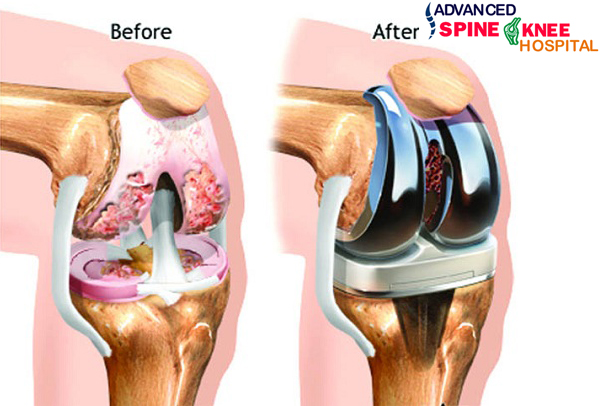These are few tips that are really helpful to fast track your recovery from Total Knee Replacement
- Before the operation, make sure your home is organized to receive you when you return. Remember that your mobility at that point will be impaired, so you should structure everything to make it easy to move around. Keep things accessible.
- The operation begins with general or epidural anesthesia that will block your pain for a span of time, which can be up to 2 hours. A cut is made over kneecap, and the damaged parts of the joint are replaced. You may spend some time, up to a few hours, in recovery before being taken to your own hospital room.
- After the operation proper, you’ll be shifted to hospital room, possibly with a tube to drain blood that collects around your knee. Compression socks are usually recommended.
- Recovery begins with physical therapy, which include different types of exercises for improving proper blood circulation. The doctor instructs you in keeping track of your recovery, to watch out for signs like infection, clots, or even chest congestion.
- From the operation day, after three days itself you may be well enough to shower, but remember to only pat the area dry. After 2 weeks, staples and stitches will be removed. The goal is to make sure you can comfortably bend your knee (up to a 90 degree angle) and no discomfort in shift from sitting to standing and back.
- For your first week at home, do follow the instructions given in the hospital. Use a bag of ice to keep swelling down. Take short walks whenever you can, but don’t do this without someone’s assistance until you’re fully stable.
- After three weeks into recovery, you will be back up to full mobility. For long time kneeling, it may take time until you’re well-recovered (about a month or two). Set goal to engage yourself in a daily exercise regimen which help your new knee acclimate to physical demands sooner without risking injury.
- After four weeks in, you should be able to scale back on the pain medication. This is because, if you’ve stayed on the right path with your exercise regimen, there will be a remarkable improvement.
- By six to eight weeks, you will be able to drive again but don’t rush. You should be comfortable in doing day to day activities, including simple tasks of motion like walking and climbing stairs.
- You can go back to your work but Jobs spent mostly sitting and typing or on the phone will be easier to get back to sooner, while jobs that require a lot of standing, walking, and such will not.
- Follow-up period with doctor consultations at 3 weeks, 6 weeks, then 3 months, 6 months, and 1 year after the operation are recommended.

